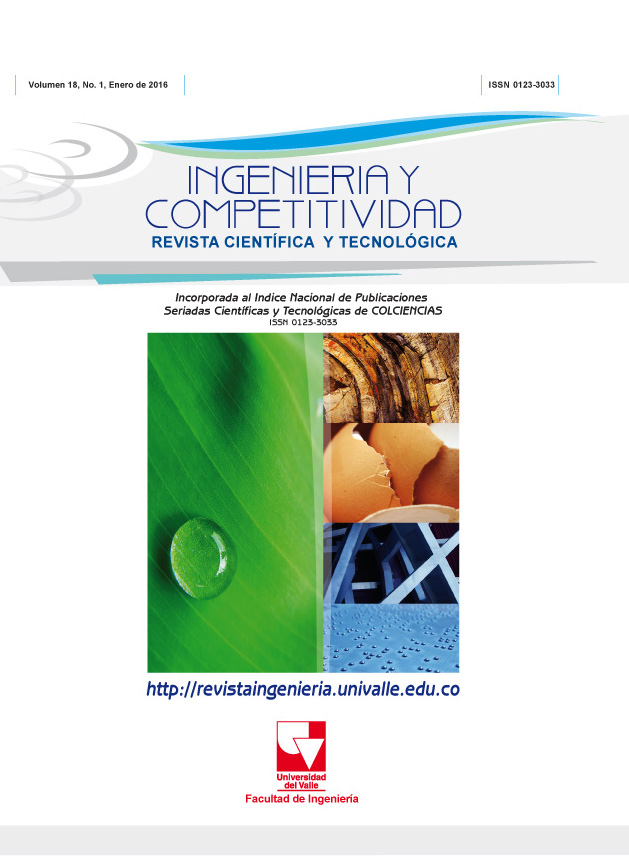Analysis of intercity travel demand by combining sources of preference data
Contenido principal del artículo
Road transport is the only available alternative for intercity trips to or from the city of Ocaña (Norte de Santander - Colombia). Undesirable conditions, such as landslides and road lane losses, illegal blockades due to a lack of public order and accidents, result in temporary or total isolation of access roads to the city causing traffic jams, isolation and economic losses to travelers who want to leave or enter the municipality. Given these limited transport conditions, the research aims to model the behavior of the modal choice of intercity transport in Ocaña City, through: calibrating logit models, and using revealed preference (RP) and stated preference (SP) data. The research seeks to examine the sensitivity of travellers’ behavior when faced with hypothetical choice scenarios, given the implementation of air transport routes that lead to the five most frequent destinations: Bogotá, Medellín, Barranquilla, Bucaramanga and Cúcuta. The investigation revealed the significance of interactions among variables associated with the level of service, socio-economic variables and travel characteristics, which were found to be relevant at the time of making a modal choice in an inter-city context, in addition to the acceptance of air transportation.
- Preferencias declaradas
- preferencias reveladas
- transporte aéreo
- transporte interurbano.
Descargas
Los autores que publican en esta revista están de acuerdo con los siguientes términos:
Los autores ceden los derechos patrimoniales a la revista y a la Universidad del Valle sobre los manuscritos aceptados, pero podrán hacer los reusos que consideren pertinentes por motivos profesionales, educativos, académicos o científicos, de acuerdo con los términos de la licencia que otorga la revista a todos sus artículos.
Los artículos serán publicados bajo la licencia Creative Commons 4.0 BY-NC-SA (de atribución, no comercial, sin obras derivadas).





